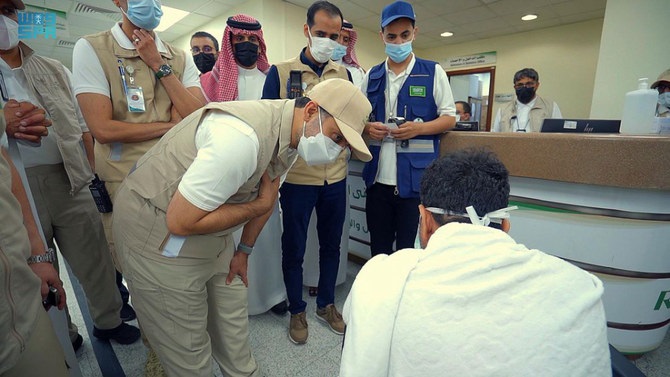In a move to enhance the safety and well-being of pilgrims, the Saudi Ministry of Health has introduced detailed guidance to manage common health issues that may arise during or after Hajj.
The multilingual guidance – published in eight languages – includes recommendations for preventing slips and falls, the proper use of footwear, and managing injuries such as bruises and sprains. Pilgrims are advised to use cold compresses on affected areas, elevate injured limbs, and refrain from placing weight on injuries.
Special instructions have also been shared for those with chronic conditions. Diabetic pilgrims are encouraged to regularly check their glucose levels and consume well-balanced snacks to maintain stability throughout their pilgrimage.
Nosebleeds, another common health issue due to heat and exertion, are addressed in the guide, with recommendations including sitting upright, leaning forward, and applying pressure to the nostrils for 10 minutes. If bleeding persists, pilgrims are advised to seek immediate medical attention.
These measures fall under the broader framework of Saudi Vision 2030, particularly initiatives like the Health Sector Transformation Programme and the Pilgrim Experience Programme, which aim to modernise services and improve health outcomes for pilgrims.
The Health Ministry emphasised its dedication to high-quality care and called on all pilgrims to adhere to safety recommendations, reinforcing the Kingdom’s long-standing commitment to delivering a secure and dignified pilgrimage experience.





